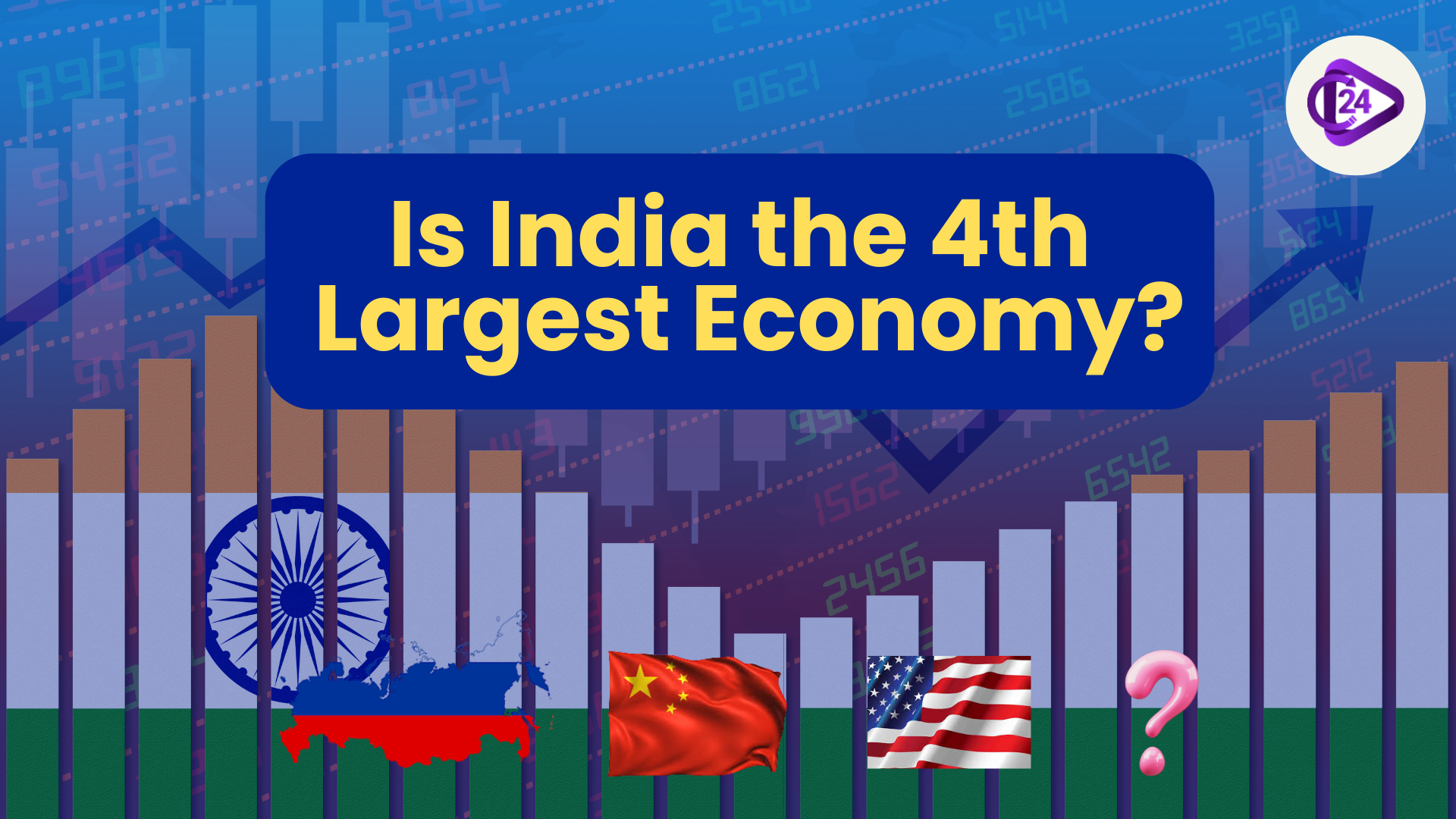
By 2025, thanks to the IMF forecast, India’s nominal gross domestic product (GDP) is expected to surpass Japan and make India the fourth-largest economy in the world. The milestone has received notice from the nationals as well as other countries. But by itself, economic size does not completely reflect a country’s actual wealth and progress. Arguing about India’s GDP position highlights the need to thoughtfully review how economies get compared and to focus on income per person, social aspects and general well-being.
Context:
-
Although India’s gross domestic product (GDP) is projected to exceed Japan’s GDP by 2025, the metric does not highlight differences in wealth, living and social conditions.
-
By looking at Purchasing Power Parity (PPP) and several measures of human development, one can better assess both the progress and challenges in India.
Key Points
Detailed Analysis:
-
Differences between Nominal GDP and PPP
-
India currently ranks 4th in the world by GDP (in 2024).
-
India has been at the third position globally by Purchasing Power Parity (PPP) since 2009.
-
GDP is valued using exchange rates in the market which can be fixed or fluctuating, causing an unclear view.
-
PPP accounts for the cost of living- it gives a clearer picture of how much money people can actually use.
-
-
Major gaps exists in per capita income
-
The per capita GDP in India (2024) is estimated to be around $2,711 which is considered a lower-middle-income country.
-
Countries like Sri Lanka and Bhutan have more income per person than India.
-
Even if a country has large GDP does not mean everyone is wealthy, income is frequently distributed unevenly.
-
-
Employment structure and Informality
-
About 45% of the workforce is still involved in low-productivity agriculture.
-
Only 23.9% of Sri Lankans have formal wage employment which is much lower than the >80% average in developed countries.
-
The fact that the informal sector rules means jobs are less secure, there is no social protection and earnings are likely to fluctuate.
-
-
Human Development and Social Indicators
-
Countries such as Poland, Japan are further ahead in terms of development than India.
-
Life expectancy
-
Infant mortality
-
Education enrollment
-
-
Gross Enrolment Ratio (GER) in tertiary education is still quite low.
-
The United Nations Development Programme (UNDP) places India in the "Medium HDI” category.
-
-
Lack of Details in Using GDP to Measure Development
-
GDP ignores:
-
Unpaid domestic workers
-
Environmental degradation
-
Income inequality
-
Standard of living
-
-
highlights may cover up issues and differences in society.
-
-
Political and Narrative Impacts
-
Government narrative highlights GDP rise as a symbol of success.
-
Some experts warn: Relying just on rankings can hide the reality of poverty, inequality and unemployment in different countries.
-
-
Rising demand for Inclusive Growth
-
Actual development means there is growth, equity and dignity.
-
Strategies should start with:
-
Good health & proper nutrition
-
Education quality
-
Skilled employment
-
Social protection Systems
-
-
Spending on people is key to making growth sustainable and open to all people.
-
About GDP
Definition of Gross Domestic Product(GDP)
-
Gross Domestic Product (GDP) is the overall value of goods and services made by the country within its borders during a specific time, commonly measured over one financial year.
-
It counts all products made by companies, foreign or local, inside the country.
How is GDP calculated?
- The value of all final products and services produced in a specific country over a given period is called its Gross Domestic Product (GDP).
Three Methods to Calculate GDP:
| Method | Description |
|---|---|
| Production Method | GDP = Gross Value Added (GVA) by all sectors + Taxes – Subsidies on products |
| Income Method | GDP = Compensation to employees + Operating surplus + Mixed income + Taxes – Subsidies |
| Expenditure Method | GDP = C + I + G + (X – M) where: C = Consumption, I = Investment, G = Govt Expenditure, X = Exports, M = Imports |
-
India primarily uses a combination of production and expenditure methods.
Difference Between Nominal GDP and GDP (PPP)
|
Feature |
Nominal GDP |
GDP (PPP) |
|
Definition |
GDP measured using current market exchange rates |
GDP adjusted for purchasing power parity (PPP) |
|
Reflects |
Market value of goods/services in USD |
Real domestic buying power of local currency |
|
Volatility |
High — affected by currency fluctuations |
Low — relatively stable over time |
|
India’s Global Rank |
4th (2024) |
3rd since 2009 |
|
Useful For |
International financial comparisons, debt, trade |
Comparing living standards, real productivity |
|
Limitation |
Can underestimate poorer countries with cheaper goods |
May overstate economic clout if not converted into actual trade power |
Effects and Implications
|
Aspect |
Nominal GDP |
GDP (PPP) |
|
Perception of Global Power |
Shows ability to transact internationally |
Reflects size of domestic economy |
|
Policy Planning |
Important for fiscal, monetary, and external sector policies |
Useful in poverty, inequality, and welfare analysis |
|
International Loans |
Creditworthiness assessed via nominal GDP |
Less relevant for external borrowing |
|
Human Development Metrics |
May look better on nominal scale |
Aligns better with ground realities |
|
Media Narratives |
Often highlights nominal ranks |
PPP provides context on actual living standards |
Conclusion:
India now ranks highly in the world economy based on nominal GDP, but this is not enough to reflect all aspects of its development. For true development to occur, economic size should go together with increased per capita income, better job quality, better health, improved education and equal social rights. Government leaders ought to promote growth that helps everyone and invest heavily in people to make sure India’s economic growth helps all of its citizens. To reach its aspirations, India must shift its focus past simple GDP numbers.



 First-Ever Subsea Tunnel in Kerala: Reduce Travel Costs & Ease Traffic
First-Ever Subsea Tunnel in Kerala: Reduce Travel Costs & Ease Traffic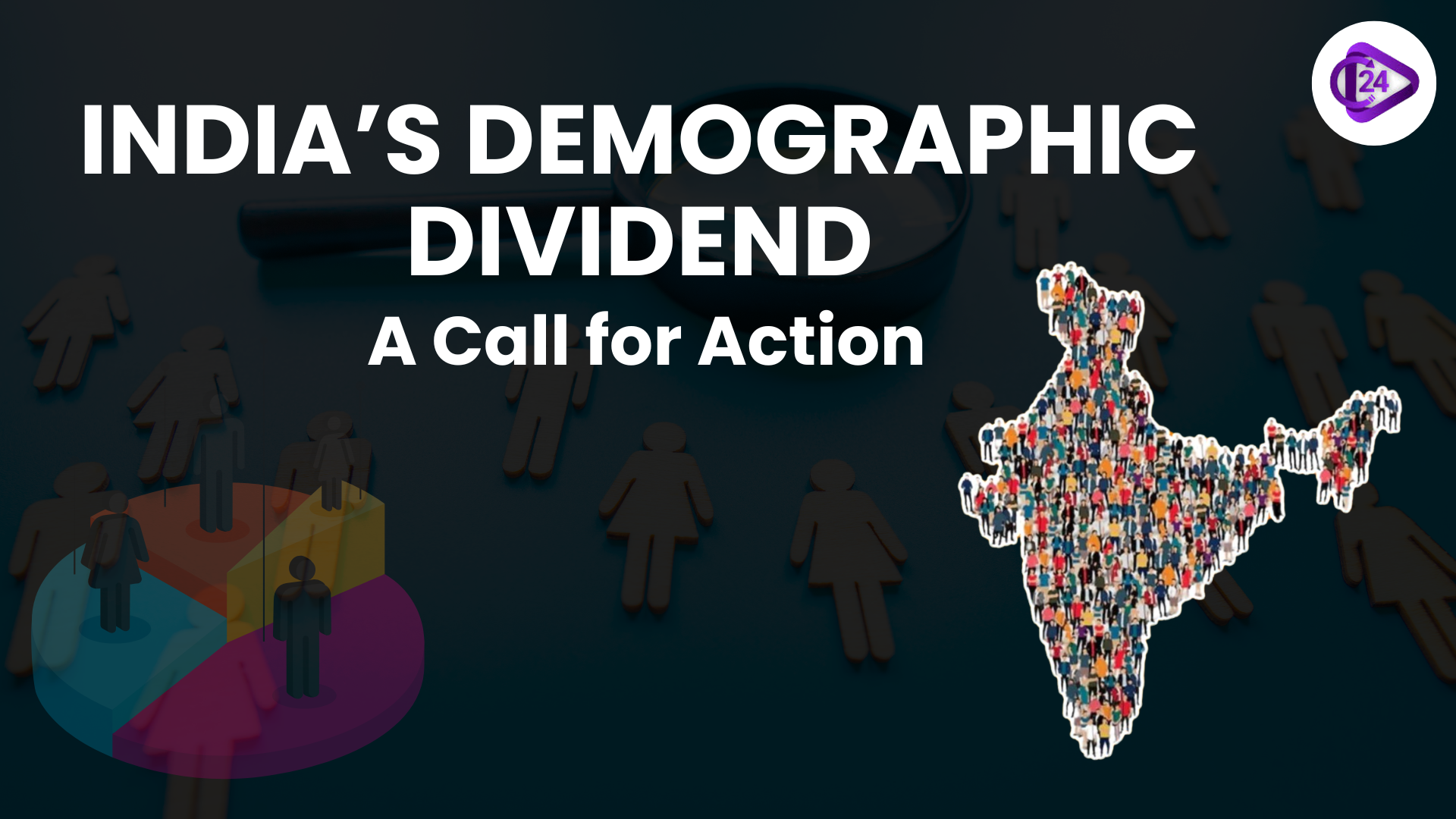 India’s Demographic Dividend as a Time Bomb: A Call for Action
India’s Demographic Dividend as a Time Bomb: A Call for Action Free Bus Schemes Help, But Rural India Pays More to Travel
Free Bus Schemes Help, But Rural India Pays More to Travel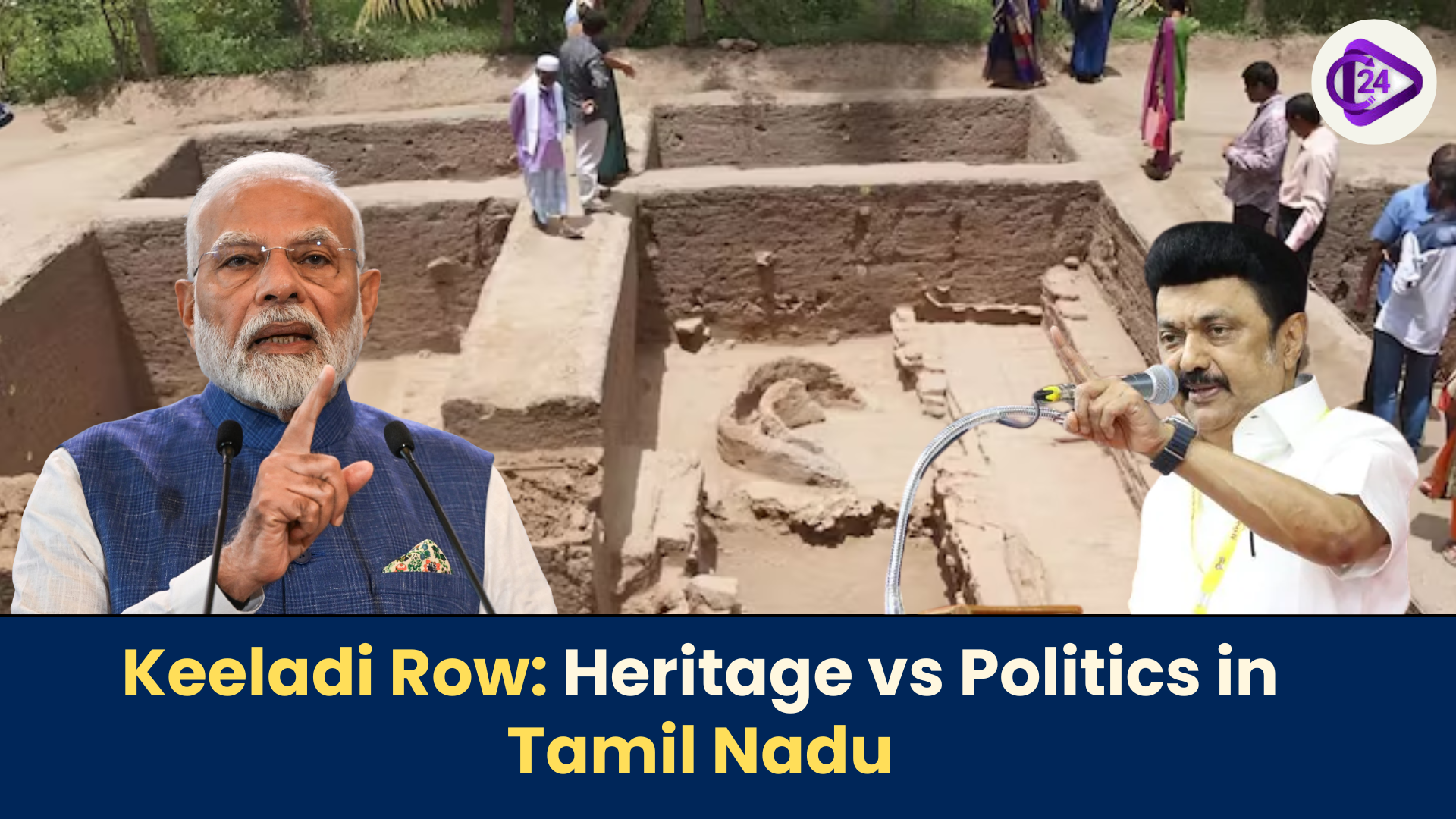 Keeladi Controversy-Conflict of Archaeology, Politics and Tamil Heritage
Keeladi Controversy-Conflict of Archaeology, Politics and Tamil Heritage Uttarakhand: A Persistent Hotspot for Helicopter Accidents
Uttarakhand: A Persistent Hotspot for Helicopter Accidents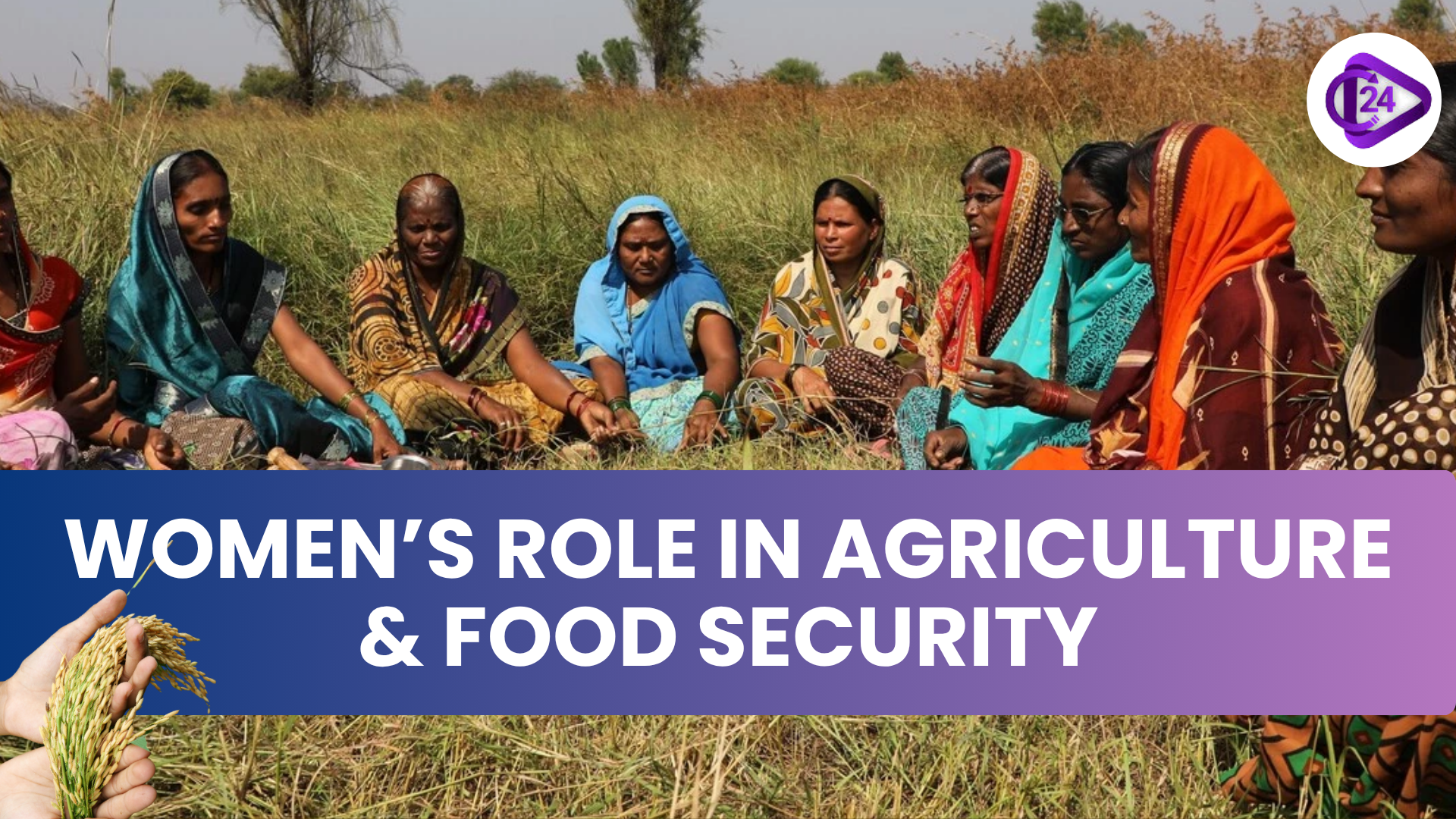 Empowering Women in Agriculture for Food Security
Empowering Women in Agriculture for Food Security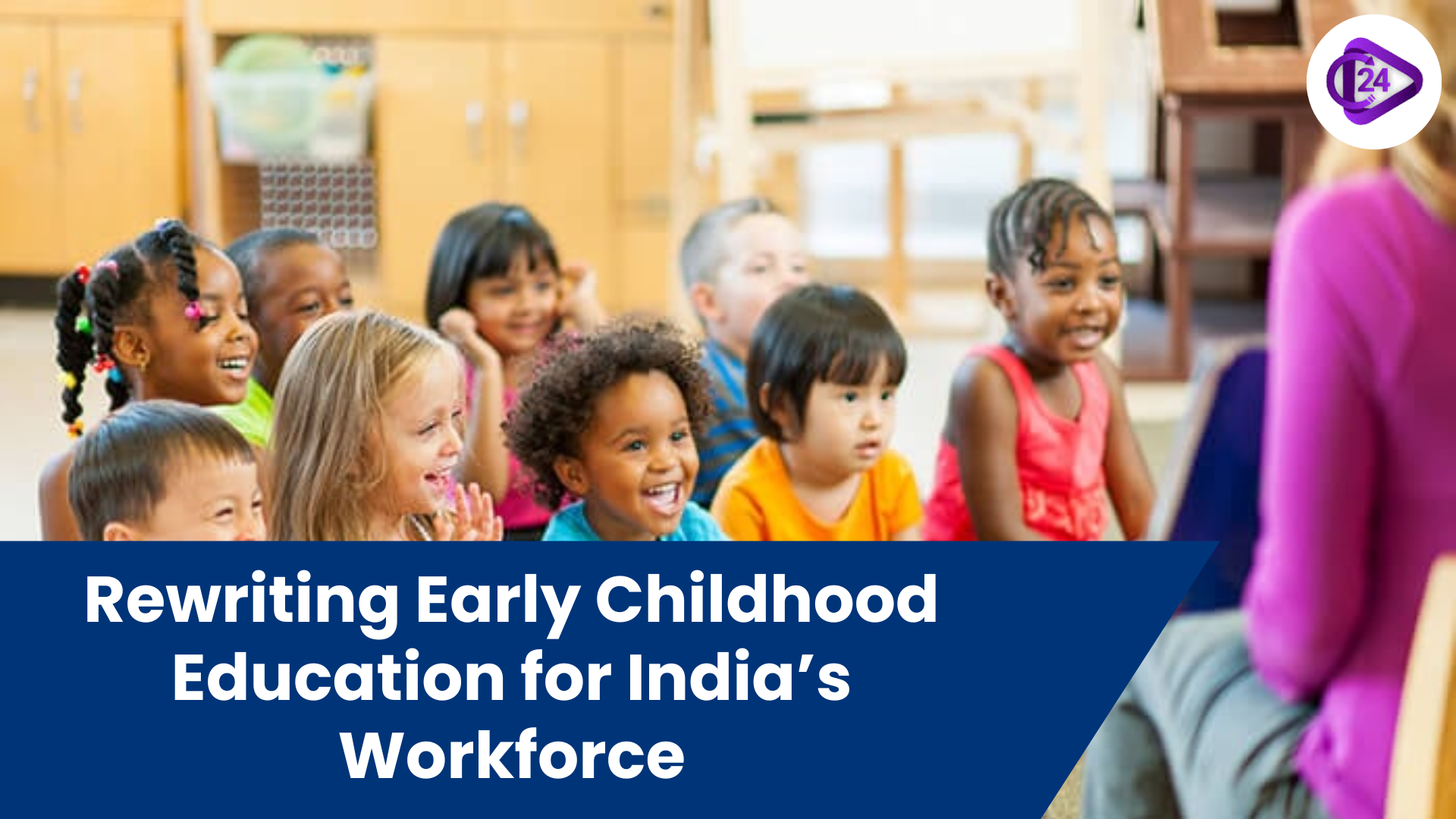 Rewriting the Script of Early Childhood Education: A Key to India’s Future Workforce
Rewriting the Script of Early Childhood Education: A Key to India’s Future Workforce Menstrual Hygiene Issues and Period Stigma: A Barrier to Girls’ Education in India
Menstrual Hygiene Issues and Period Stigma: A Barrier to Girls’ Education in India NEP 2020: Paving the Way for Practical, Pragmatic, and Innovative Education to Enhance Employability
NEP 2020: Paving the Way for Practical, Pragmatic, and Innovative Education to Enhance Employability






